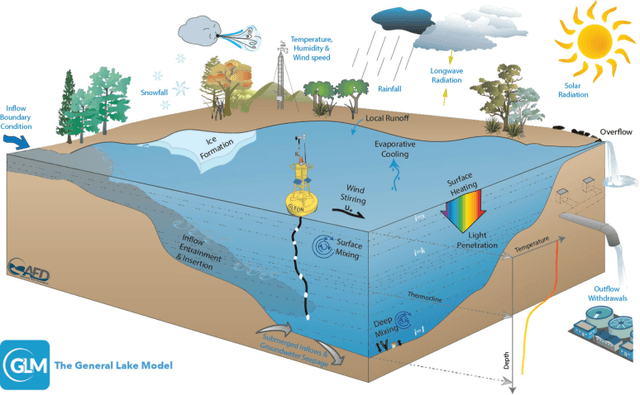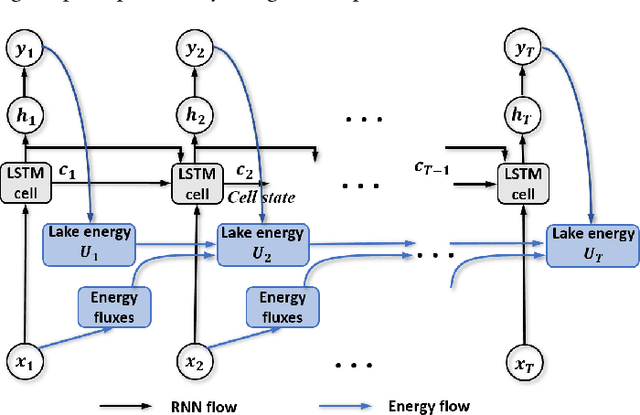Physics-Guided Machine Learning for Scientific Discovery: An Application in Simulating Lake Temperature Profiles
Paper and Code
Jan 28, 2020



Physics-based models of dynamical systems are often used to study engineering and environmental systems. Despite their extensive use, these models have several well-known limitations due to simplified representations of the physical processes being modeled or challenges in selecting appropriate parameters. While-state-of-the-art machine learning models can sometimes outperform physics-based models given ample amount of training data, they can produce results that are physically inconsistent. This paper proposes a physics-guided recurrent neural network model (PGRNN) that combines RNNs and physics-based models to leverage their complementary strengths and improves the modeling of physical processes. Specifically, we show that a PGRNN can improve prediction accuracy over that of physics-based models, while generating outputs consistent with physical laws. An important aspect of our PGRNN approach lies in its ability to incorporate the knowledge encoded in physics-based models. This allows training the PGRNN model using very few true observed data while also ensuring high prediction accuracy. Although we present and evaluate this methodology in the context of modeling the dynamics of temperature in lakes, it is applicable more widely to a range of scientific and engineering disciplines where physics-based (also known as mechanistic) models are used, e.g., climate science, materials science, computational chemistry, and biomedicine.
 Add to Chrome
Add to Chrome Add to Firefox
Add to Firefox Add to Edge
Add to Edge